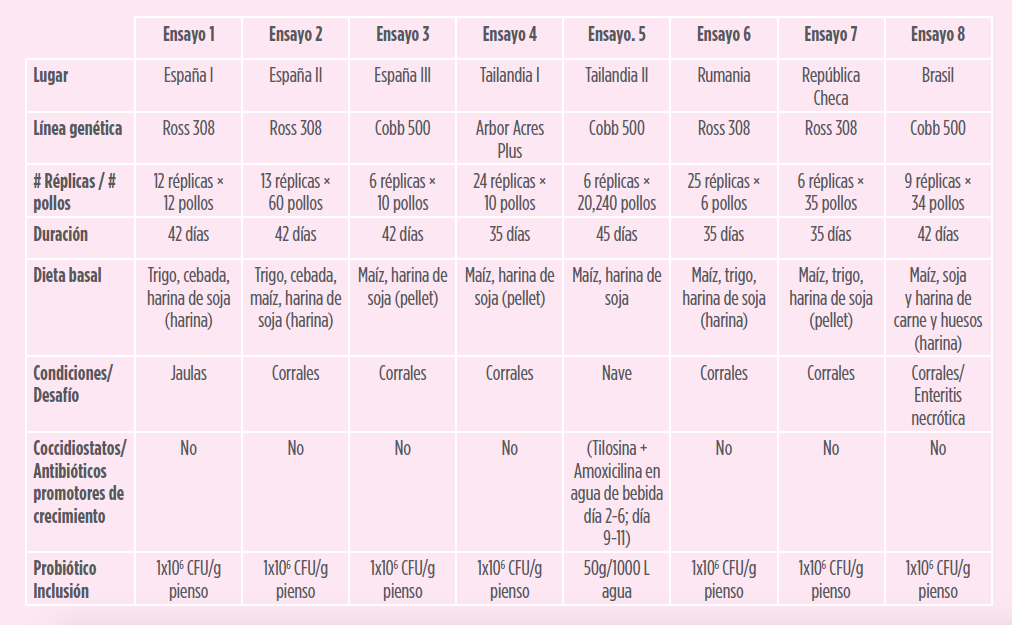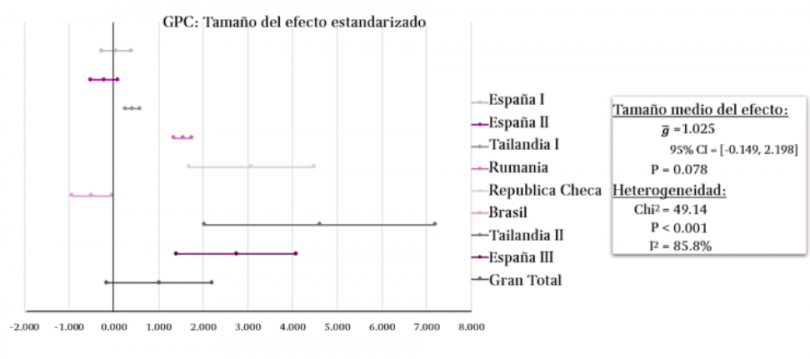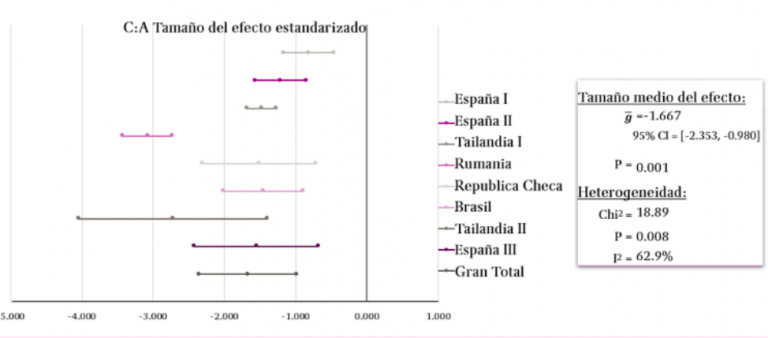
The concept of "gut health" is complex and is now well recognised as a key factor in an animal's productive performance. As proposed by Conway (1994), gut health is based on a dynamic balance of three components: diet, intestinal mucosa, and microbiota. The interaction between these 3 factors determines the health of farm animals.
Ecobiol® is a probiotic designed to stabilise microbiota and productive performance during intestinal challenges.
It contains a fast-growing strain of Bacillus amyloliquefaciens CECT 5940, with an inherent capacity to produce lactic acid and influence interactions between different bacterial populations.
This strain is closely associated with the intestinal mucus and tolerates gastric and bile secretions.
It can also produce spores giving this strain the enormous advantage of surviving in different feed processing conditions.
Probiotics have been widely studied and used in broiler chickens to improve intestinal health and overall performance.
However, under research or commercial conditions, the result or effect of these on performance may be affected by different variables. Therefore, it is imperative that several tests are conducted to assess the consistency of the effect on the performance of the animals tested.
A meta-analysis of 8 independent research trials was performed to assess the effects of Bacillus amyloliquefaciens CECT 5940 (Ba) on:
- body weight gain (BWG),
- food conversion (F:C) and
- feed intake (FI) in chickens.
- The studies were conducted between 2001 and 2018 (Table 1).

Statistical analysis used fixed and random effects to estimate the mean effect size (MES) of the difference between the control and Ba-fed broilers, a 95% confidence interval (CI) of MES, and the probability of MES being non-zero (Ho: MES = 0).
Meta-regression was performed to assess the variance of MES (heterogeneity) between studies (Ho: studies share a common effect size). Statistical analysis was performed using a robust variance estimation strategy with the SAS macro.
Mean Effect Size (MES)
Difference between treatments in each study*
- Small effect ≤ |0.2|
- Medium effect |0.2| - |0.8|
- Big effect ≥ |0.8|
*Cohen, J. (1977)
The effect size is a simple way of quantifying the difference between two groups that has many advantages over the use of typical statistical tests.
It emphasises the size of the difference rather than confusing it with the size of the sample, in other words, it is a way of quantifying the size of the difference between two groups, focusing on the most important aspect of an intervention, rather than its statistical significance. Basically, if the size of the effect is different from zero, it means that the intervention (the application of the probiotic in this case) really changed the variable affected (growth, conversion, etc...) and to what extent it was able to vary it.
The Ba diet tended to increase CPG (MES = 1025, 95% CI = -0.149 to 2198, P = 0.078), significantly reduced F:C (MES = -1.667, 95% CI = -2.353 to -0.980, P = 0.001), and did not affect feed intake (MES = -0.322, 95% CI = -0.943 to 0.300, P = 0.269).


What does it mean then that the effect size in food conversion was MES = -1,667?
If we start from an operation with the following parameters:
- F:C = 1.6; WK = 0.02
- With a MES: g ̅ = -1.667; 95% CI = [-2.353, -0.980
- We can expect F:C to improve to: F:C = 1.55 - 1.58
This research has shown that the B. amyloliquefaciens CECT 5940 strain consistently and significantly improves production parameters in broiler chickens even under widely varying production conditions.
These improvements can be summarised as a 2% increase in final weight and a 5-point reduction in feed conversion as averages. Logically, although this effect is to be expected in all cases, its magnitude will not always be the same depending on the conditions of each case.
Source: aviNews












